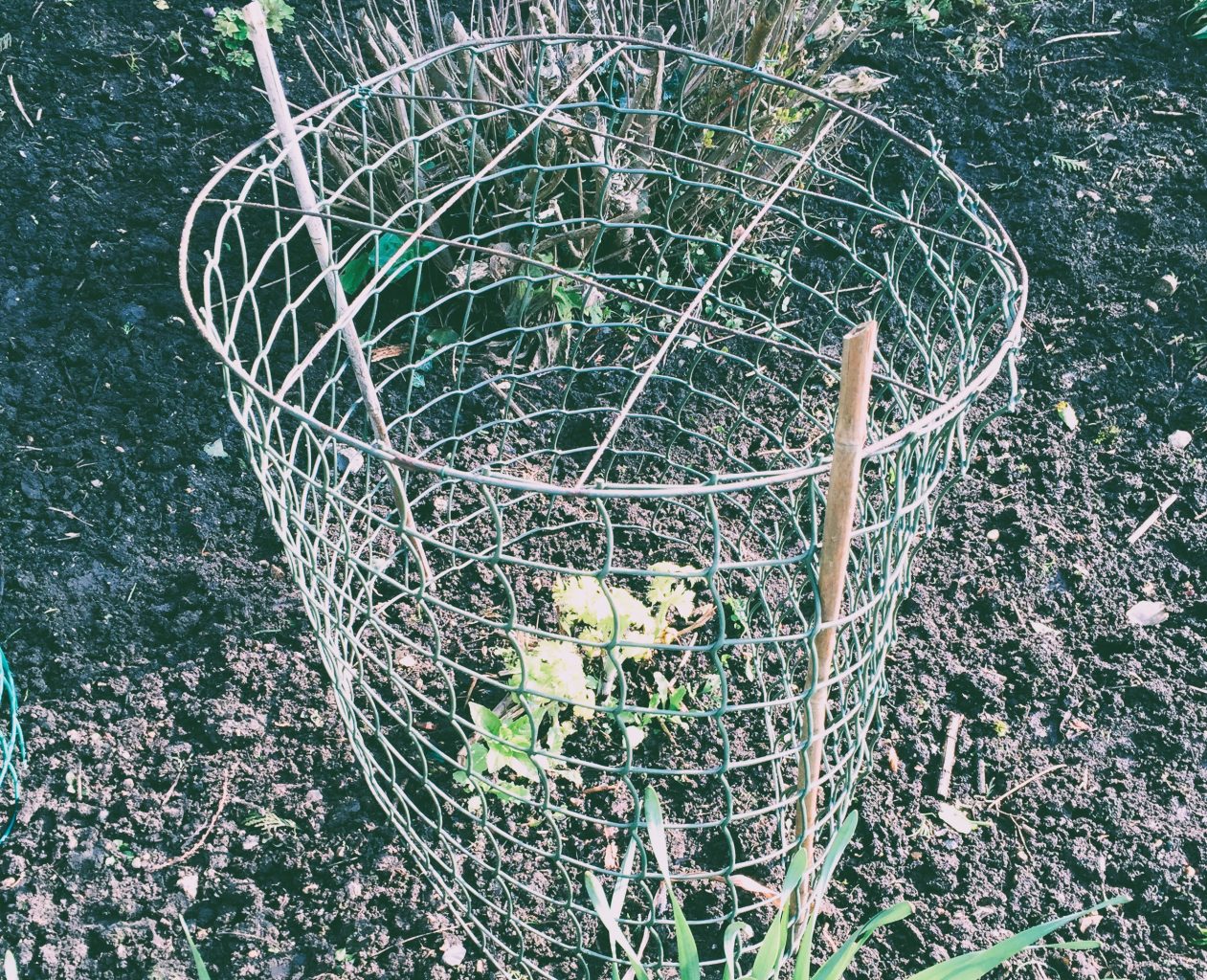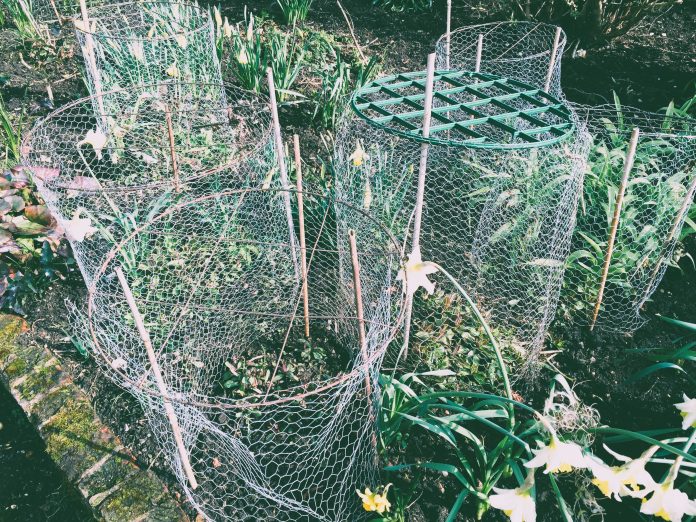Winter can be a challenging time for gardeners, particularly when wildlife like deer and rabbits are seeking food. As the cold season strips away their usual foraging options, these animals often turn to garden plants for sustenance, leaving a trail of damage behind. Here’s how to safeguard your garden effectively this winter while respecting the balance of nature.
1. Choose Resistant Plants
One of the simplest solutions is to grow plants that deer and rabbits are less likely to munch on. Consider species with tough, spiny, or aromatic foliage, such as:
- Perennials: Euphorbia, lavender, and hellebores.
- Shrubs: Berberis, boxwood (Buxus), and spiky hollies (Ilex).
- Bulbs: Narcissus (daffodils) are rarely eaten, unlike tulips.
While this won’t stop all feeding, it reduces the attractiveness of your garden.
2. Physical Barriers
Fencing: Erecting a sturdy fence is one of the most effective solutions. For deer, a fence should be at least 1.8 to 2 meters high. For rabbits, use wire mesh with holes no larger than 25mm, buried at least 30cm into the ground to prevent burrowing.
Tree Guards: Protect young trees and shrubs with spiral guards or wire mesh wraps. These are especially effective for fruit trees and saplings, which are often targeted during winter.
Netting: Use fine mesh netting over winter vegetables and small shrubs. Ensure it is tightly secured to avoid entangling wildlife.

3. Natural Deterrents
- Scent-Based Deterrents: Deer and rabbits rely heavily on their sense of smell. Use strong-smelling substances like garlic sprays, predator urine (commercially available), or natural homemade solutions such as chili powder mixed with water. Reapply these after heavy rain.
- Soap or Hair: Hanging bars of strong-scented soap or bags of human hair near vulnerable plants can deter animals. These methods work best for small gardens or specific trouble spots.
4. Mulching and Plant Covers
Use thorny branches (e.g., holly or brambles) as a mulch around vulnerable plants. These not only protect the plants but also make foraging uncomfortable for rabbits and deer. For smaller shrubs, horticultural fleece can act as a barrier while also providing frost protection.
5. Strategic Planting and Sacrificial Crops
Plant sacrificial crops away from prized areas to distract wildlife. Hardy winter vegetables like kale or ornamental cabbages can act as decoys. Surround these with unpalatable plants to further deter pests.
6. Encourage Natural Predators
Incorporate habitats for predators like owls, foxes, and stoats that naturally control rabbit populations. Building log piles or leaving patches of wild areas can make your garden a welcoming space for these allies.
7. Lighting and Movement Deterrents
Install motion-activated lights or sprinklers to startle deer. Alternatively, wind chimes, reflective tape, or even garden ornaments that move can create an environment that deer and rabbits might avoid.
8. Monitoring and Maintenance
Check your barriers and deterrents regularly, especially after storms or heavy snow, to ensure they remain effective. Look for signs of animal activity such as tracks, droppings, or gnawed plants, and adjust your strategy as needed.
Conclusion
Protecting your garden from deer and rabbits during winter in the UK requires a combination of methods tailored to your space and local wildlife. By incorporating resistant plants, physical barriers, natural deterrents, and a bit of creativity, you can enjoy a healthy, vibrant garden even through the cold months.




